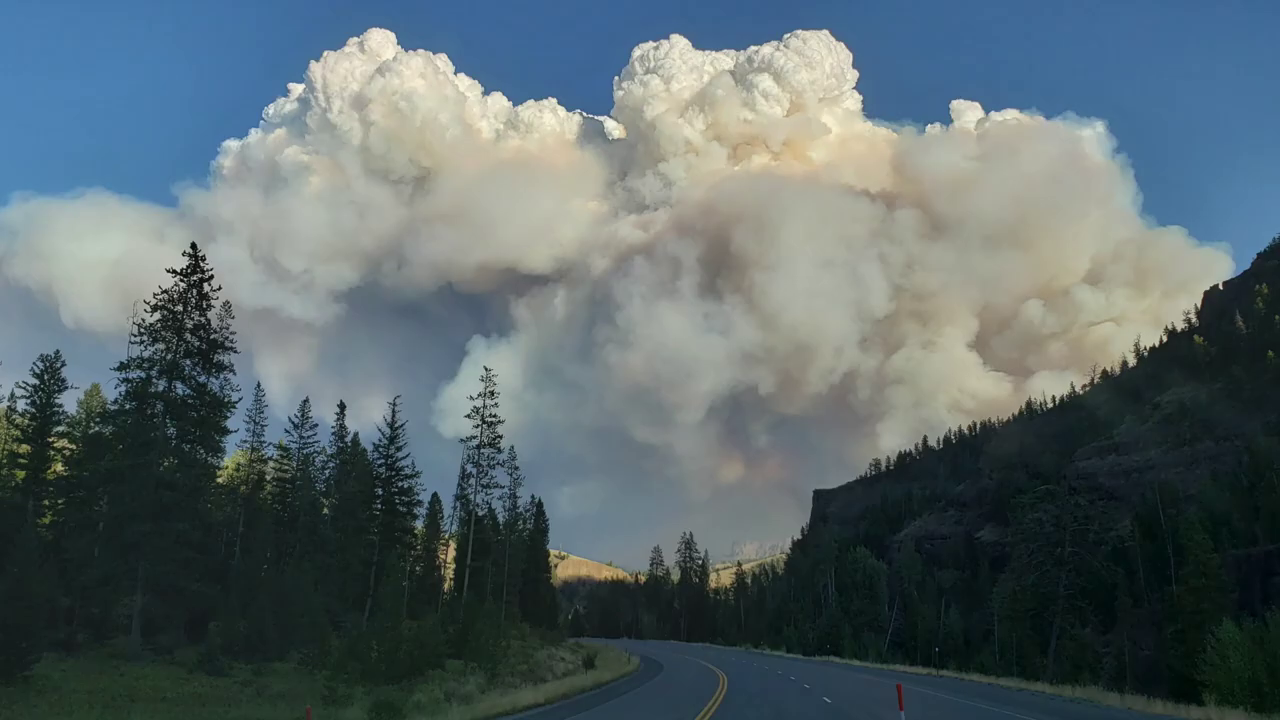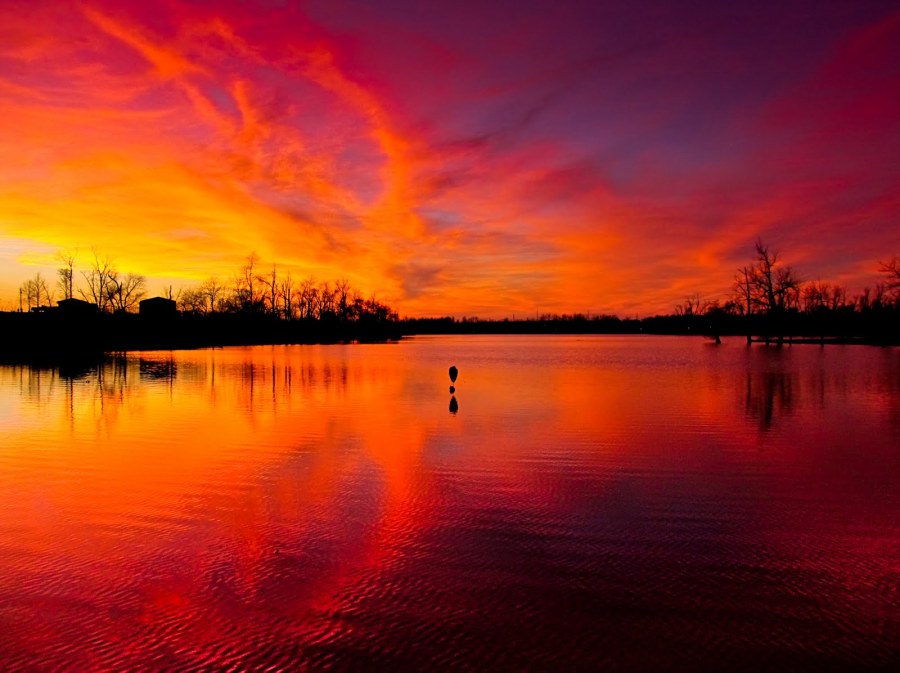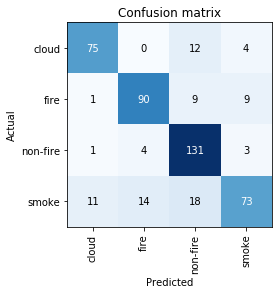CNN based Forest Fire Detection for camera equipped edge devices.
Recent escalation in Wildfire events have posited a need of early Fire/Smoke detection systems. While state-of-the-art approaches in this domain are concentrated on video-based solutions, the complexity of such algorithms is indisputably higher. A single pass, image-based algorithm could be easily deployed on edge devices with minimal cost and resources.
Initial focus of this project is to achieve comparable results on a proposed dataset, resolving all the known corner cases, which will then incline towards retaining the achieved performance with efficient architectures.
Dataset is created by extracting frames from YouTube videos, querying google images and aggregating from various sources such as dataturks.
Some of the challenging test-cases I'm trying to address are:
| Cloud vs Smoke | Sunset vs Fire |
|---|---|
 |
 |
Initial dataset was having only 471 images in total, hence lead to better results (90+). However, after identifying the corner cases and aligning dataset with them, I've diverse, more challenging distribution as follows:
| Class | Examples |
|---|---|
| Cloud | 400 |
| Fire | 755 |
| Smoke | 564 |
| Non-fire | 754 |
| Total | 2473 |
- Baseline notebooks in Keras, fastai and fastai2 (current experiments)
- Deployment pipeline for Raspberry Pi (using tflite)
- Implement Multilabel Classification
- Multiclass to binary mapping
| Model Name | Error Rate | Precision | Recall | F1 Score |
|---|---|---|---|---|
| xresnet50-sa-mish-r128 | 25.49 | 74.51 | 74.51 | 74.51 |
| xresnet50-sa-mish-r192 | 18.90 | 81.10 | 81.10 | 81.10 |
sa- self attention, mish- activation function, r-resolution
Higher resolutions are improving the results
Clearly the model is confused between like classes and some of them can be ignored. For instance, predicting a non-fire image as cloud or smoke as fire is acceptable and model should focus on distinguishing the counterparts of them.
- Mapping Multiclass predictions to binary could lead to better accuracy.
- Loss function customized for this scenario could improve the performance, although it might make the model too specific.
Initial release (based on dataset of 471 images) was having best results with mobilenet-v2 and have been deployed on the raspberrypi using tflite

